INTERVIEW: Piper Ferguson
Discussing Her New Indie Rock Photography Book, 'Indie/Seen'
Piper Ferguson shot your favorite indie rock musicians.
In an impressive career spanning 25 years, Ferguson has photographed everybody from The Strokes, Yeah Yeah Yeahs, Joe Strummer, and Evan Dando to Peaches, The Brian Jonestown Massacre, Hepcat, Kim Gordon and many, many more—including Beck, the artist on the cover of her stunning new photography book, Indie/Seen: The Indie Rock Photography of Piper Ferguson (Insight Editions/Weldon Owen, Nov. 2023).
“Thank god for Beck. I love him and I think that was the first time I took a photo that felt like everything about it was very Piper-like—colorful, whimsical, spontaneous, pop, and throw one of the most creative musicians in the middle of it,” Ferguson told me for the interview below. “My publisher and I both really love everything about that photo. He’s an iconic artist who embodies everything indie rock and beyond. The colors are so good, the peacefulness in his expression, it just felt perfect.”
There is real intimacy in many of these photographs, a product of Ferguson’s undeniable talent, her keen eye for capturing the moment, and a deep, lifelong love of music.
I met Piper in LA during the ‘90s where she co-founded the Brit pop club Cafe Bleu. She quickly became a camera-wielding fixture on the local music scene, snapping away and filming with her video camera (Indie/Seen includes an early picture of my old band Tsar from that era).
Her positive energy was infectious and her support of indie bands was truly inspiring. So, it has been a real pleasure watching from a distance as her career took off over the last couple of decades.
“I hope this book means something to people who were/are part of the scene, the movement, and didn’t give up on what we love,” Ferguson said.
I caught up with Ferguson at a recent book launch event in Echo Park and we followed up with an email interview. We discuss how she fell in love with music and photography, how Indie/Seen came together, what she’s up to now, and what’s next.
Piper Ferguson Interview
Congrats on the fantastic new book! Why is now the right time to publish Indie/Seen?
Piper Ferguson: Thank you! I’ve wanted to do a book for many years now and when Pulse Films reached out about finding footage for the Meet Me In The Bathroom documentary, I was pushed to pour over and through all of my video footage and photos from that time period, and it’s a lot!
It had been 20 years since taking those images and it was being talked about like the ‘20 years later’ mark. It definitely put a fire under me to make something of all the work I had sitting on hard drives and in filing cabinets. Something for me, not everyone else’s experience, but mine.
I will admit the book was originally going to be the best of my work from the past 25 years—including everyone from Tom Petty to Merle Haggard—but then my publisher wanted to call it ‘Indie, Seen’ and I said, ‘Yeah, but it’s far from all indie rock.’ Maybe 60% of it was, I guess? So, then I said, ‘We can do an all indie music book if you think that is what we should do?’ Even though my designer Bryn Walls and I had laid out an entire book together at my house right before Christmas of last year, we completely changed directions and started over.
The book is quite different from the original idea, but I knew it was the right choice so I started scanning tons and tons of negatives and Laura Buller, my copy editor, and Bryn came up with the chapter ideas because I literally couldn't figure it out—it was so hard for me because I knew it would end up being limited with strict guidelines, that is why people need editors, to kill your darlings, so we did just that and got it to this place.
What came first for you, music or photography?
Piper Ferguson: Music came first. I always wanted to be a singer, and I actually could sing quite well! In 7th grade I was discouraged by a teacher and I remember feeling utterly confused by it and became very insecure about singing. One thing can happen in life and it really can derail you.
So, I just kept my mouth shut and listened to music more and appreciated and enjoyed it so much, thinking there is no way I am worthy of even being involved in making it (it’s sad but true). But I knew it made me have feelings like nothing else did. Music saved me, as cliché as that sounds. I wasn’t sure how to express my feelings, but the lyrics and sentiments of the songs seemed to carry that for me, so I didn’t have to.
How did one lead to the other?
Piper Ferguson: I grew up recording KALX and KUSF radio on a tape deck with a coat hanger jammed into the antenna to get the signal. I would record so much music and I had no idea who any of it was, I just knew it sounded different, cool, like another planet than what was on KFRC. I went to lots of shows in the Bay Area and Los Angeles and I did always have a small film camera with me, but those images look like tourist photos.
After college I wanted to work in film, so I moved to LA to see if it was even possible. Shalyce, my best friend in San Francisco, and I were going to a club in SF called Popscene which was like walking into a British time warp. Everyone looked like Mick Jagger, Jane Birkin and Paul Weller. We were in awe of what we witnessed there. So, when we moved to LA we wanted to make a place like that for us to find friends that were into the same kind of things like British subculture, Mod, Indie, Brit pop, punk, ska, psychedelic, power pop, etc. So, we started the club Cafe Bleu and that was a big success in my mind.
At the time I was working as a music video director’s rep. I was bringing in tracks for my directors to write treatments, but the budgets didn’t align with their ideas so I decided to try to do a video myself! It felt like such a wasted opportunity. I thought, ‘Maybe I can just direct the ones they don’t want to do.’ After doing my first video the cinematographer told me to buy a still camera so I could practice composition, learn about lenses, film stocks, aperture, etc. So, I went to Samy’s and got a small Pentax camera.
I needed a classroom, so Cafe Bleu, the bands and all the kids became that for me. People started asking me to do a quick band portrait for them, and then it was off to the races. I wasn’t good for a long time, but I eventually learned how it all works. :)
What's their relationship for you now?
Piper Ferguson: Music and film are so important to me, always and forever! It’s what makes me me, not sure why or how that happened really—maybe it’s what I was saying earlier, about appreciating how it gave me a means to understand and express emotion.
Now I love it through my stepsons and my husband. They are all musicians and love indie rock so it’s now a family topic of discussion at all times. I guess I got really lucky there. Every time the phone rings or I get the email to do a shoot or a music video and come up with a concept or ideas, it makes me feel alive, excited, honored to get to do work like this. It’s really a gift to be able to come up with whatever kind of ideas and put them in front of the lens and have people trust you to do that.
How did Johnny Marr come to write the foreword to your book?
Piper Ferguson: Johnny came to Cafe Bleu in 1997 with my good friend Jay Schatz who was sort of unofficially managing him along with Joe Moss, The Smiths’ manager. Johnny was so cool and hung out, took photos with people (I was the only one with a camera haha), it wasn’t like a frenzy, everyone just let him know how much he meant to them. I met him that night and he told us about how he produced the band Marion and eventually Haven, who then also came to LA and ended up playing the club.
“I think the secret to a good live shot is to show up and be there first of all. It’s why someone like Danny Clinch has so many epic live shots of all his favorite bands, because he shows up at the beginning and leaves after everyone else.”
I became friendly with Joe as well, and it was all one big happy Brit pop family. The early aughts were such a fun time, everything felt so easy and not as much pressure, we just wanted to have fun, go to shows and be creative too. It wasn’t like today, where every move feels calculated for many with social media.
Johnny started coming to the states more and more because he was launching his solo career and played Coachella in 2002. We also share a good friend, Christine Biller, who I met in England right before she moved back to the states after working with Marcus Russell and the Ignition Mgmt. team for Oasis. Christine and I became fast friends and her and Johnny’s connection and all of us just hanging out over the years is what led him to ask me if I wanted him to write something for the book.
I was so grateful and excited because I realize how important he is to not just British music, but music as a whole. What an innovator! He created a sound like no other and he is such an inspiration today watching him grow and do more and more. Johnny is mercurial and ever evolving, I’m grateful I get to be in his special orbit.
Your performance shots of artists like Marr, Yeah Yeah Yeahs and Interpol (among many others) really capture the excitement of live music. In your opinion, what's the secret to a good live shot?
Piper Ferguson: I think the secret to a good live shot is to show up and be there first of all. It’s why someone like Danny Clinch has so many epic live shots of all his favorite bands, because he shows up at the beginning and leaves after everyone else. Of course, he’s also an amazing photographer, but he puts the time in to hang around long enough for the magic to happen.
The Johnny Marr shot in Indie/Seen was when he was sound checking at the El Rey. I was standing by the stage just hanging around talking to them while they were getting set up and by just being there I got that great shot of Johnny letting his guard down. Johnny has often invited me to come to gigs and just hang out and grab photos while he’s preparing the show.
I’ve also known Jack and Iwan, Johnny’s bassist and drummer who were in Haven, for many years as well. It’s a lot of standing around waiting for things to happen, and by the time they do happen you’re so dying to get a good shot, you nail it because the time finally arises to get the goods and you’re ready.
But also it’s understanding your camera settings and knowing how to set everything so you get great images that are usable and sharp!
How hard was it to narrow this collection down?
Piper Ferguson: It was very hard to narrow it down and I have to look back on it and know I made the right choices even though there are so many people I wish would have been in it. But Bryn and Laura came up with the chapter structure which really helped me make hard decisions based on what needed to go where, otherwise I’d still be trying to figure it out.
So much of the book was shot on film, so scanning and taking photos of proof sheets on my phone and plopping things in was helpful. But then there comes a point where you just have to close your eyes and say, ‘Fine, that one. I don’t know anymore.’ My poor husband and best friend who I was constantly going back and forth with, ‘Should I do this combination, or that combination? Is that more important than that?’ I literally said to Bryn so many times, ‘This is so hard.’ He said, ‘You should really stop saying that,’ but it was hard to not say that. Haha.
Choosing all the Levi’s stuff was hard because so many of the bands mean so much to me and the other people who were the foundation of the scene back then, but no one now remembers those bands, so I hope people understand that a scene is made up of lots of bands, not only four.
How did you decide on the cover shot of Beck?
Piper Ferguson: I was so excited to have the opportunity from Mojo to shoot him. I say this a lot, but I was nervous because he was such a cool kid and someone I admire so much. His unique character and his career encompasses every musical genre it seems—rap, electronic music, Americana, folk, indie rock, indie pop, and on and on. He really pulls it all off in his own way.
“I like to keep music sets smaller so it’s easier to pivot and do what you want to do and thankfully musicians are artists so they love the shifting sense of concepts and ideas on the spot and in the moment.”
I waited for him to finish his interview in my car in the rain with my assistant. The images were for the release of his album, Guero, so it was his idea to shoot at Cactus Tacos in Hollywood. When he showed up in that green sweater and fun tie I thought, ‘Awesome!’ I’m so lucky he showed up looking styled and amazing. He cares how he comes across and for me all the stars aligned. Thanks Beck!
That shot of Evan Dando flicking the cigarette is iconic. How important is spontaneity in your work?
Piper Ferguson: Spontaneity is really something I can’t help but do! I drive my crews a bit nuts because I’ll have ideas set and in place to get us started with a shot list, but as the shoot progresses new ideas come to me in the moment and I get very excited. I see opportunities for an amazing shot and I just get in my zone and start going with the flow of natural artistic nature. Which to me is how creativity should be, but of course in many instances—like film sets or structured creative work environments—you can’t get too crazy with going outside of the box or everyone will think you’re difficult and it’s not always conducive to a productive set.
That being said, I like to keep music sets smaller so it’s easier to pivot and do what you want to do and thankfully musicians are artists so they love the shifting sense of concepts and ideas on the spot and in the moment. It’s what makes things come out interesting and being in that flow has gotten me my most favorite shots.
I was photographing Evan smoking that cigarette and he flicked it. I snapped and said, ‘I almost caught the cigarette in the air.’ I had brought some WWII Japanese pilot goggles I had as a prop so I put those on and said, ‘Ok. Let’s do this, flick it at me and I’ll see if I can capture it in the air.’ I don’t think he had to do it too many times before I caught that shot. Again, this was in 2006 so there weren’t any ‘behind the scenes’ crews or people shooting the shoot, but that was one I wish was documented because Evan is just such an enigmatic subject.
On the other end of the cigarette spectrum, I love that relaxed photo of Joe Strummer in the red chair. What's the story behind that image?
Piper Ferguson: That photo was taken after Joe and I had been shooting for an hour or two. He liked his smoke, as most of us know, so he rolled up a ciggy and wanted to just chillax in the magic of his favorite place on earth, The Chateau Marmont. He loved the hotel and knew everything about it. He was so cute, pointing out the lore of the building and the celebrity shenanigans that had gone on there over the past 100 years or so!
He sat back to relax and enjoy his cigarette. I was a bit nervous and apologized for taking up his time because I knew he had a music video he was about to go film right after our shoot. He looked at me with his kind eyes and said, ‘You can’t rush art baby.’ Best thing any rockstar has ever said to me. I miss him, as we all do.
What's next for you?
Piper Ferguson: So many things are next for me! I have a documentary I want to make about my life, a memoir about trying to make an indie rock documentary and how difficult that was for me to do because I didn’t feel cool enough or worthy to even ask anyone for an interview. It’s very self deprecating and will have a range of emotions from funny to dark to absurd to music to depressing—it’s just great.
I’m gearing up for another book, ‘LA/Seen’ about all the LA bands and the music that was just as good and relevant as a lot of music that was coming out of NY in the early aughts but didn’t get it’s moment in the sun. I want to bring those bands to light so we can all enjoy those memories again.
I still shoot bands and do commercial photography. My husband and I are actually starting a boutique agency to do more environmental and sustainability ad campaigns for companies that are needing and wanting to brand themselves in that direction, because we have to, they have to, everyone has to. It’s vital to the planet and the quicker everyone reacts to the issues of the climate crisis, we can try to save the planet and not go into to total freak out.
I am vegetarian and try to eat vegan as much as possible, I would love to continue my animal rights activism I do on a local level. We are raising our three boys and making sure they turn out to be good humans. I think that is the most important thing to do.
Remember The Lightning—A Guitar Pop Journal, Volume 2
The second volume of our semi-annual music journal featuring some of today's best music writers and talented modern artists on the music/genres that inspire them.



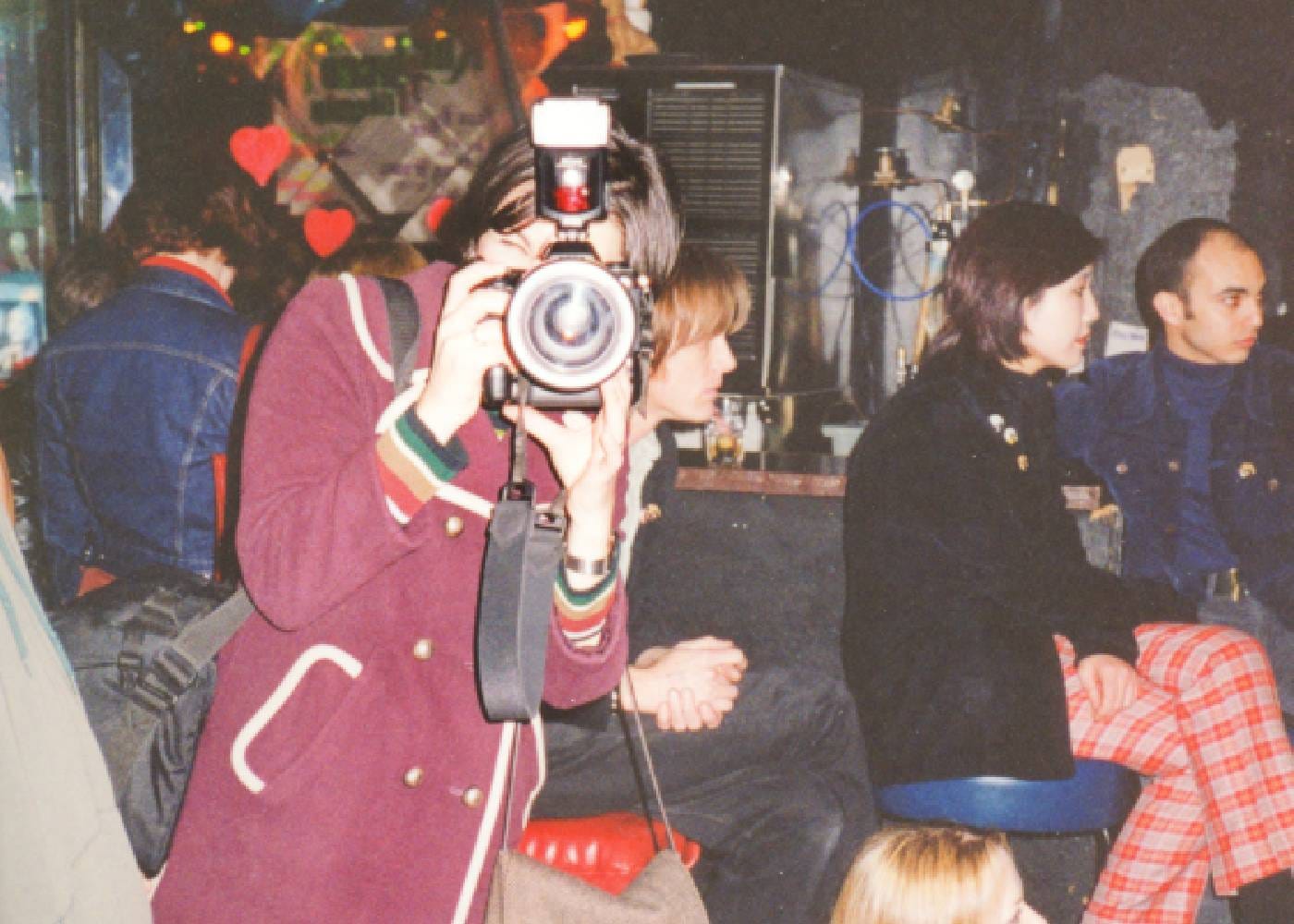
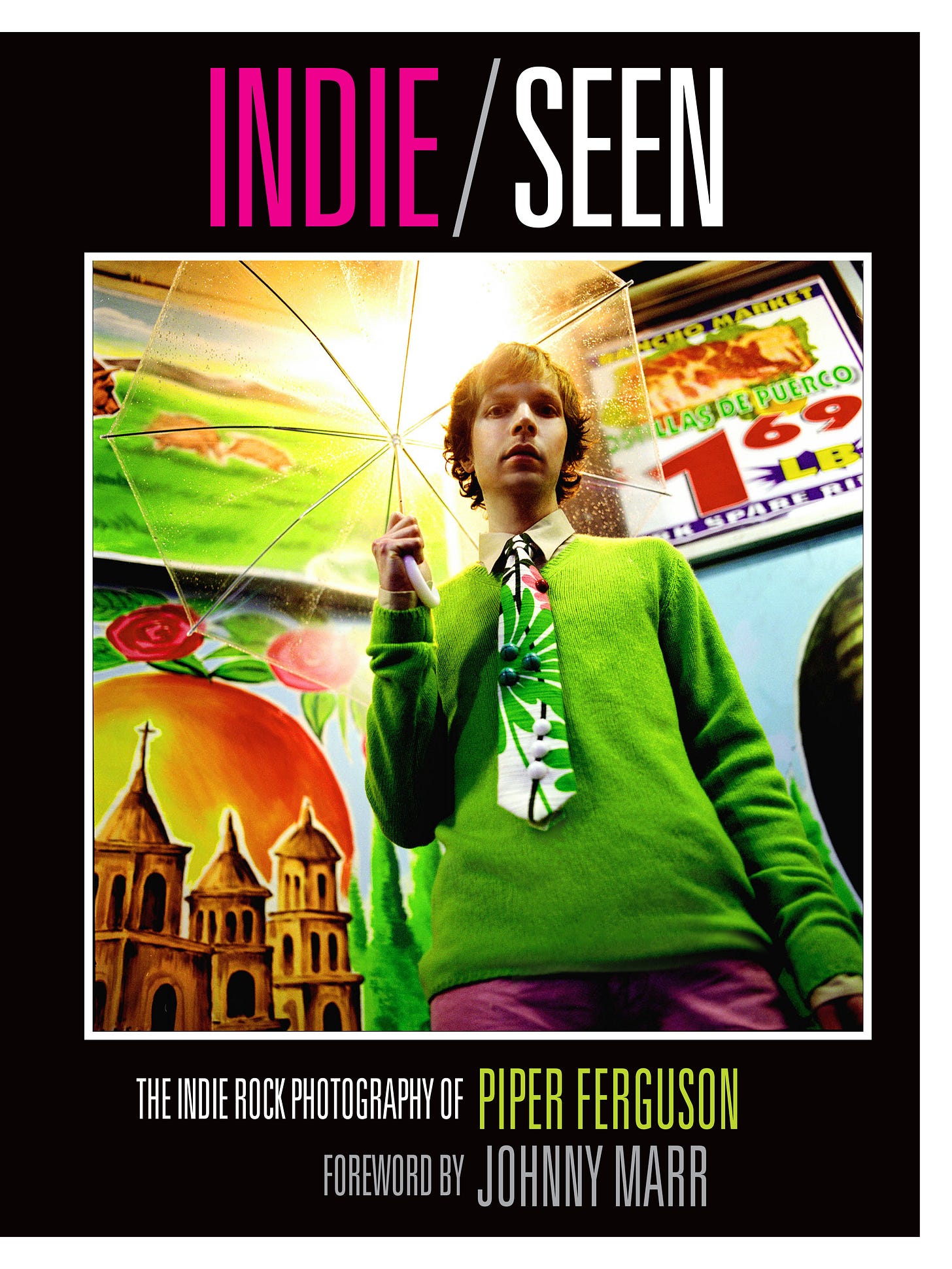
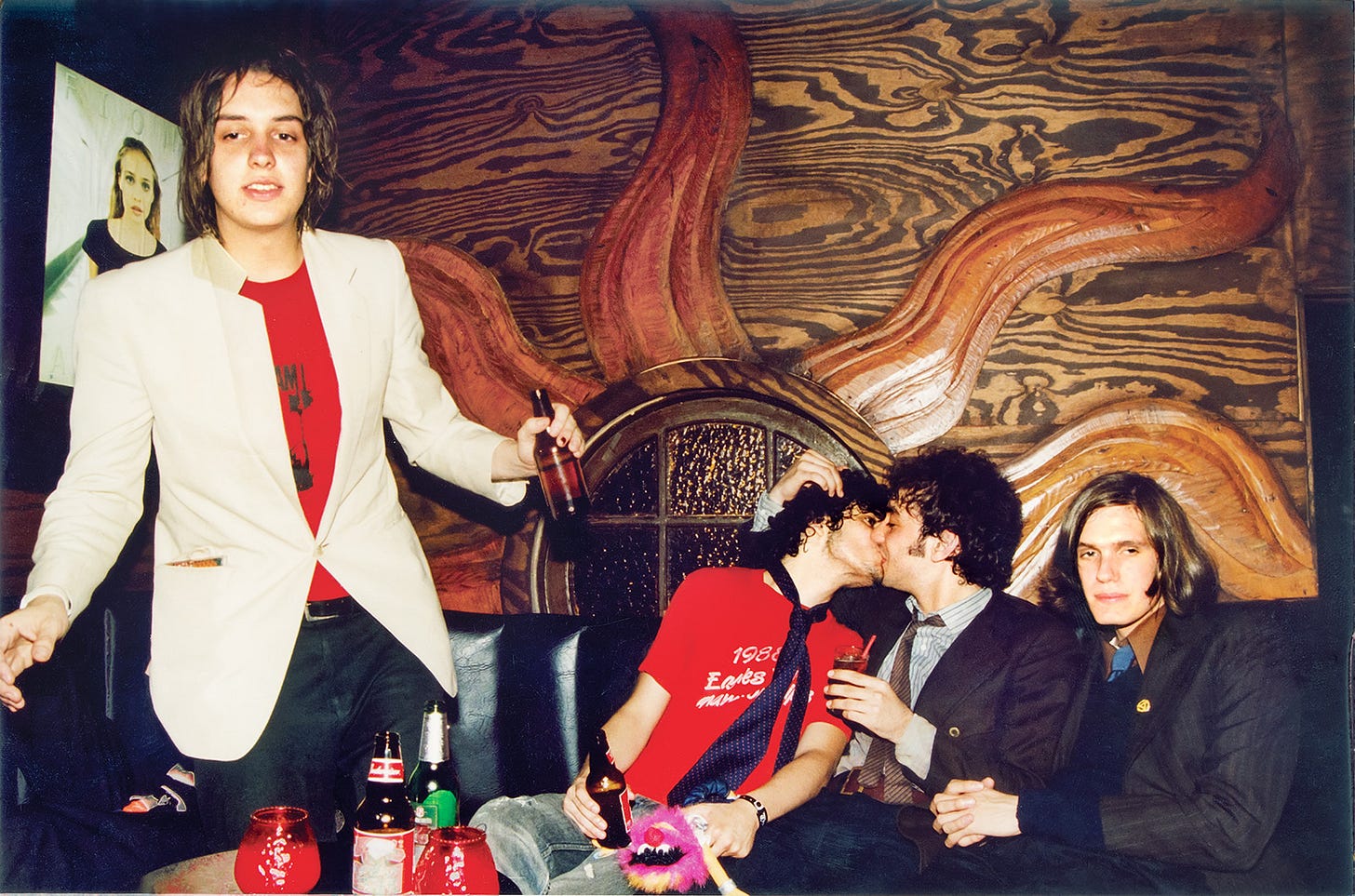
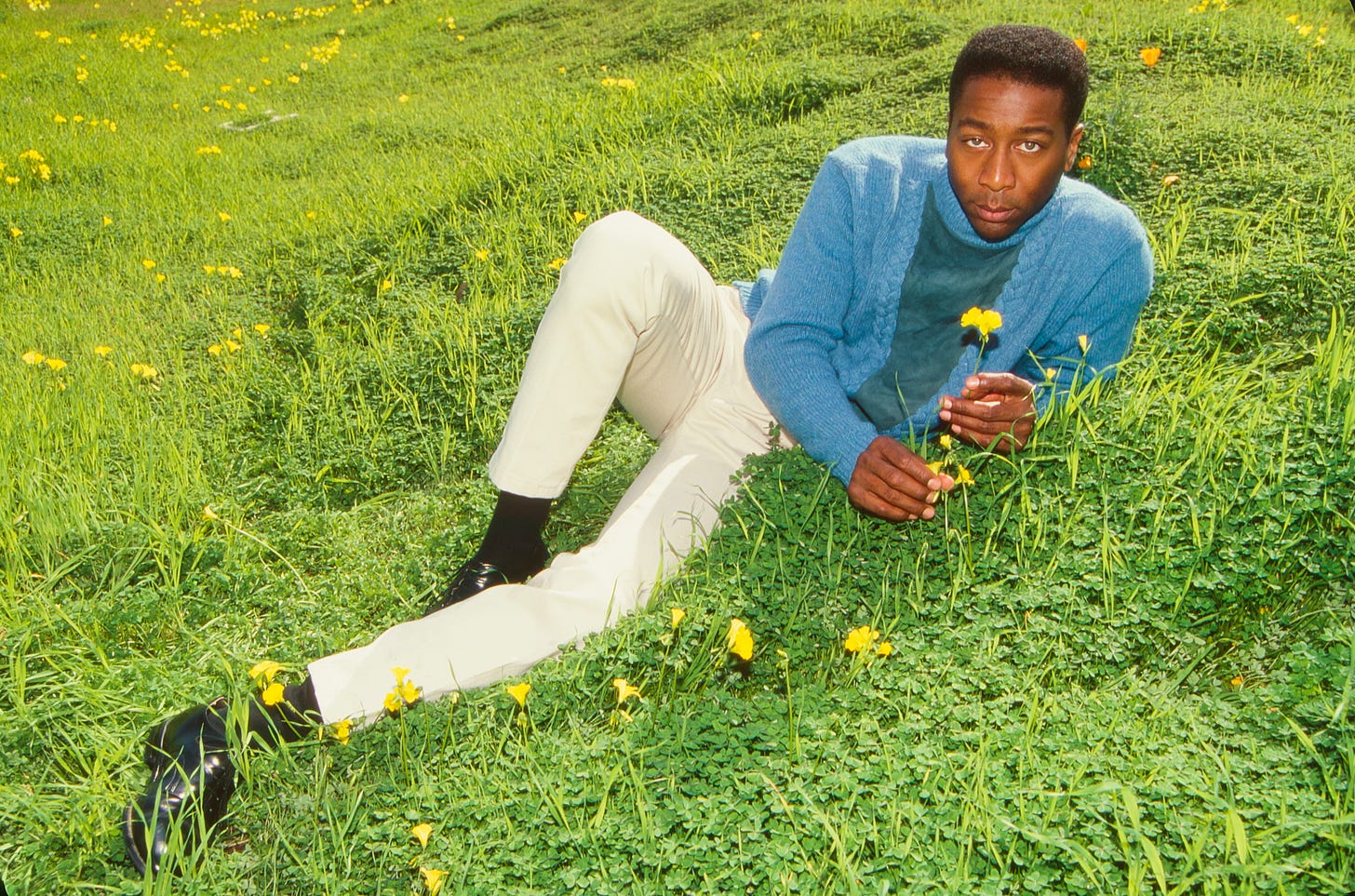
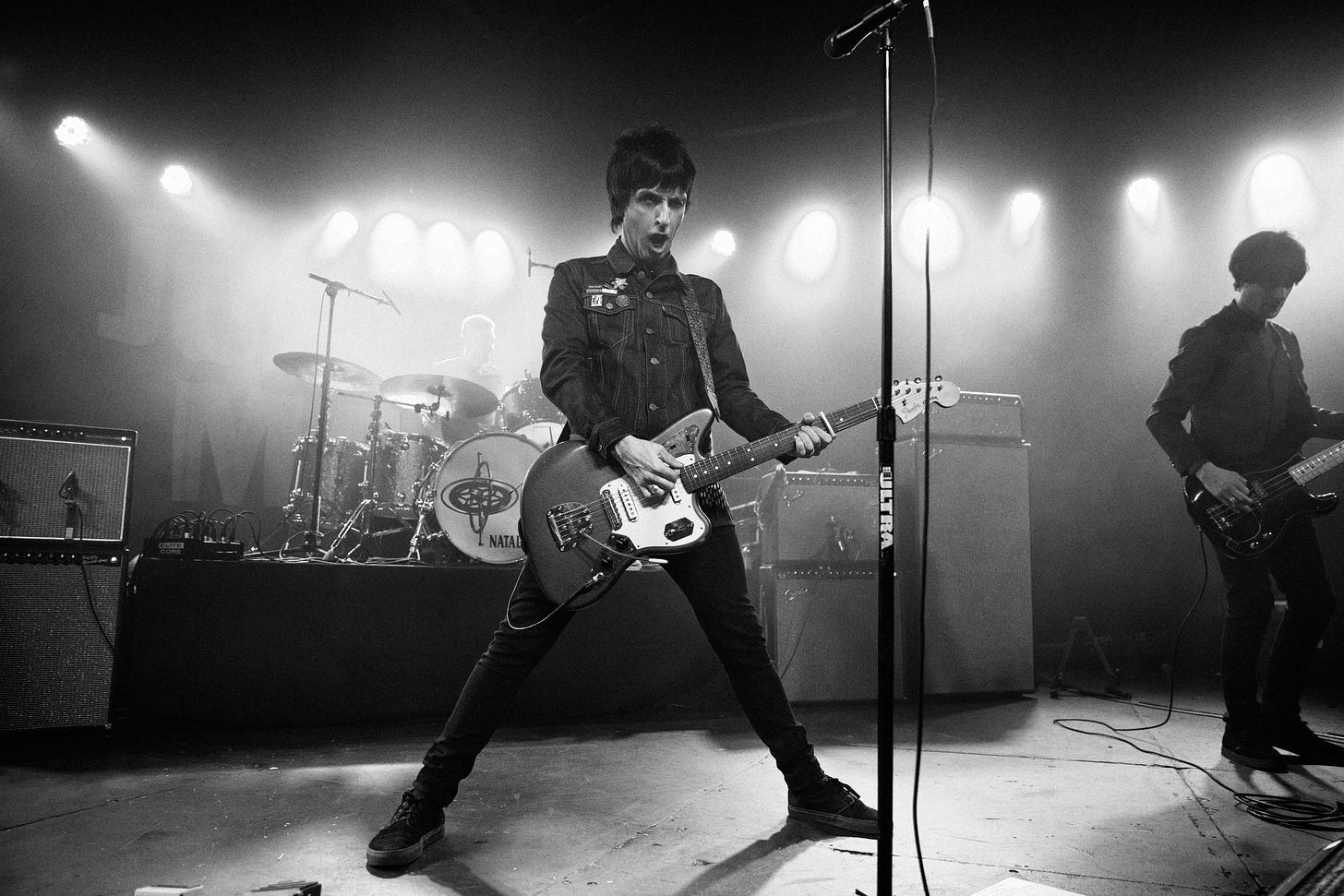
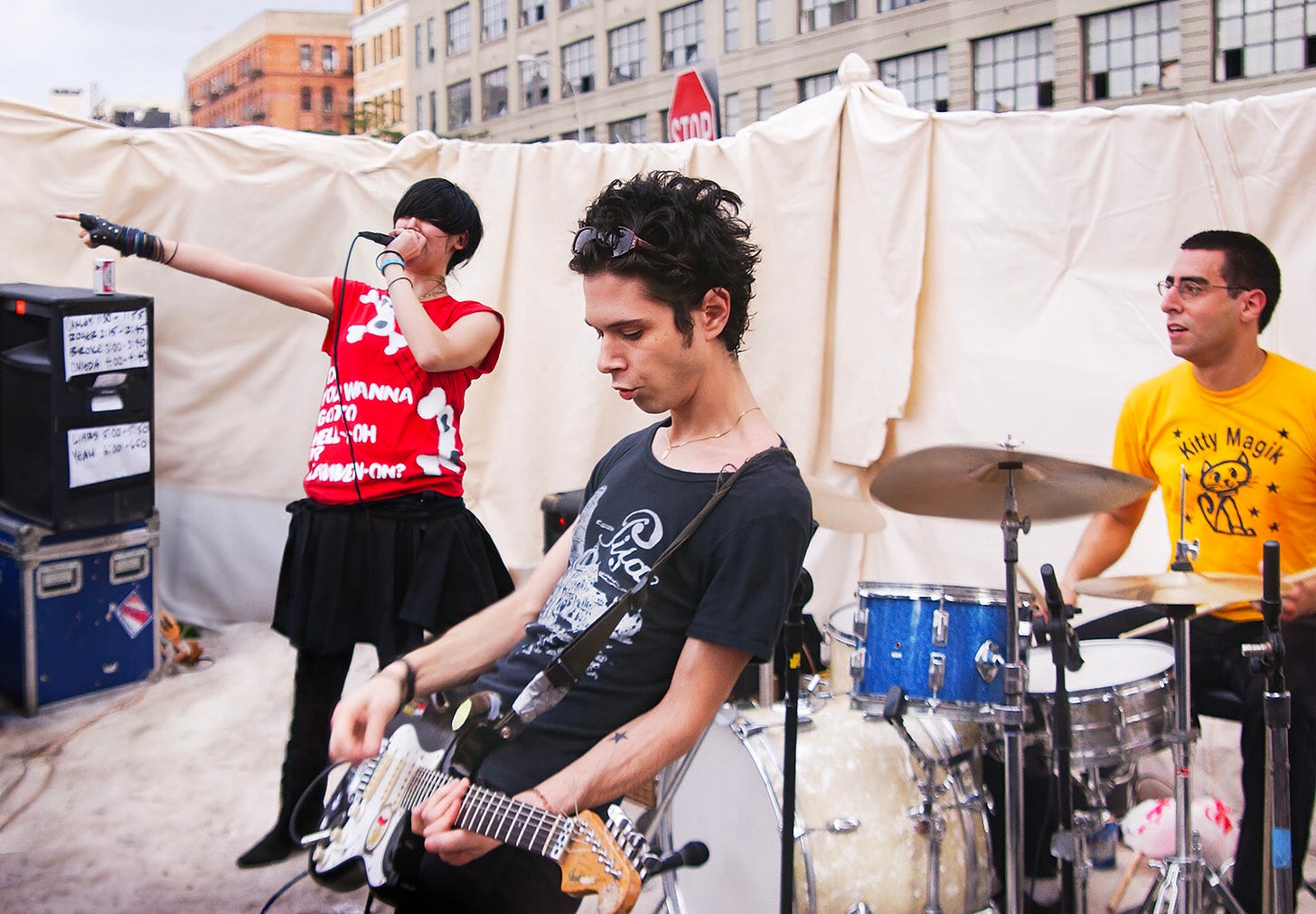
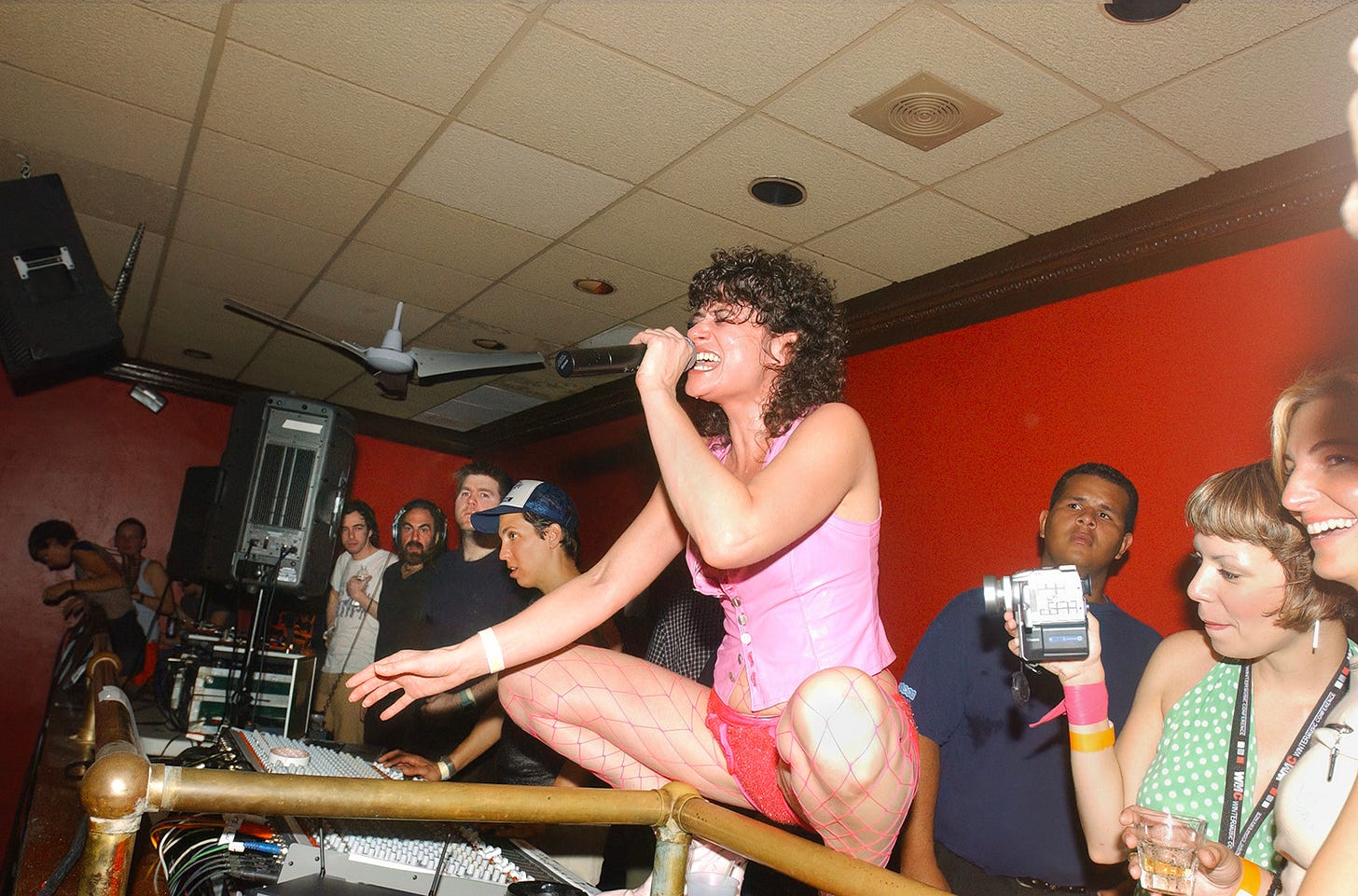
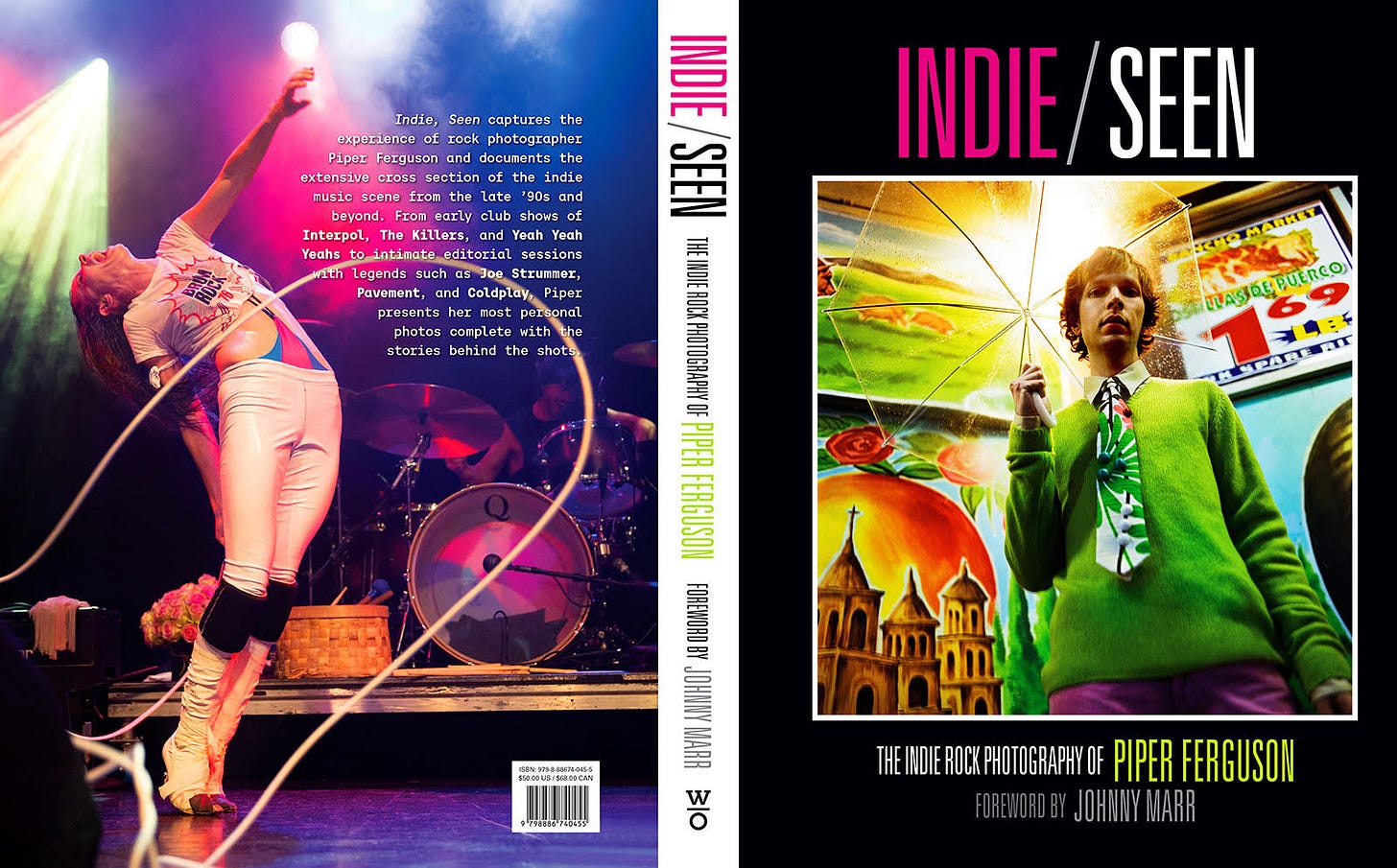
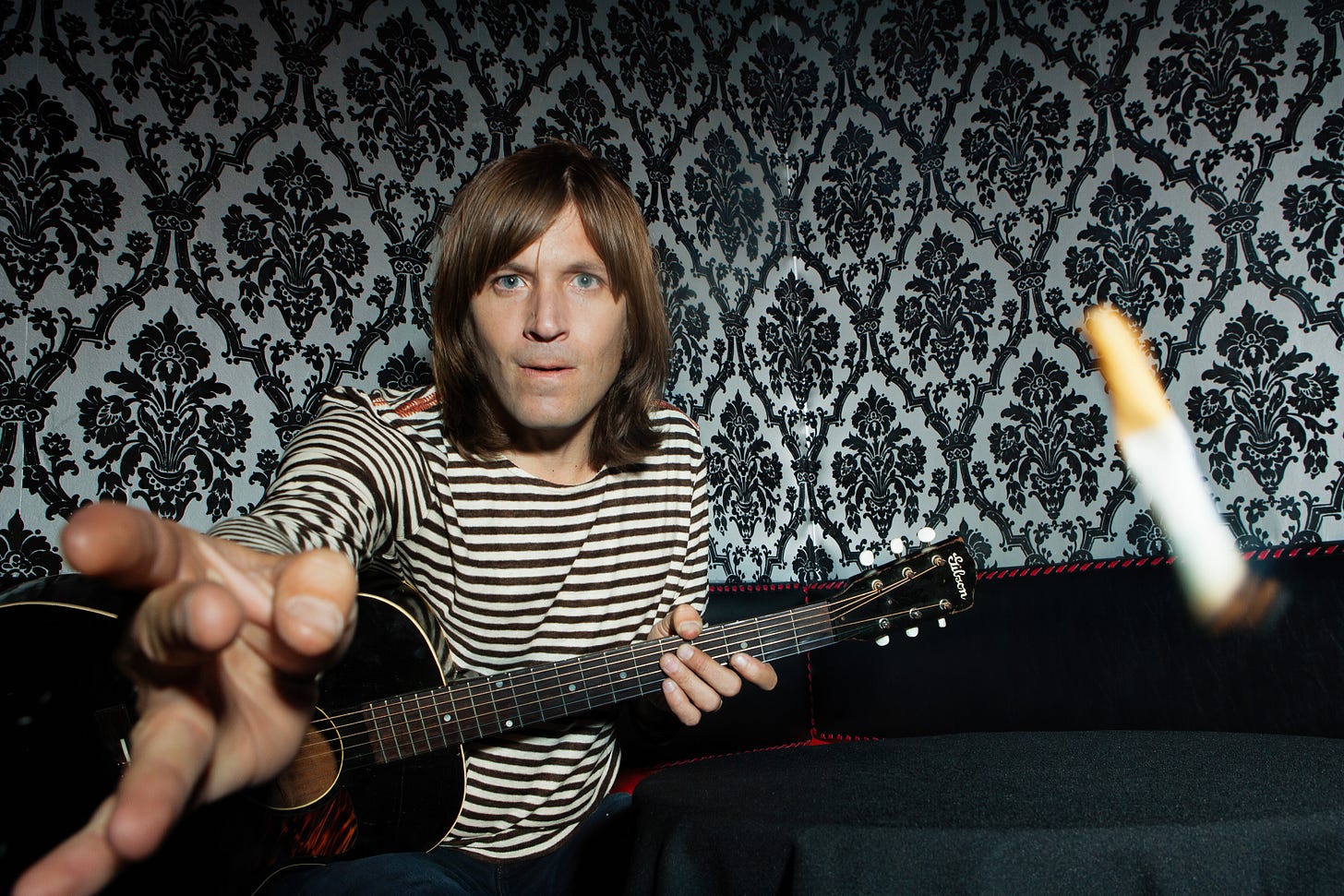
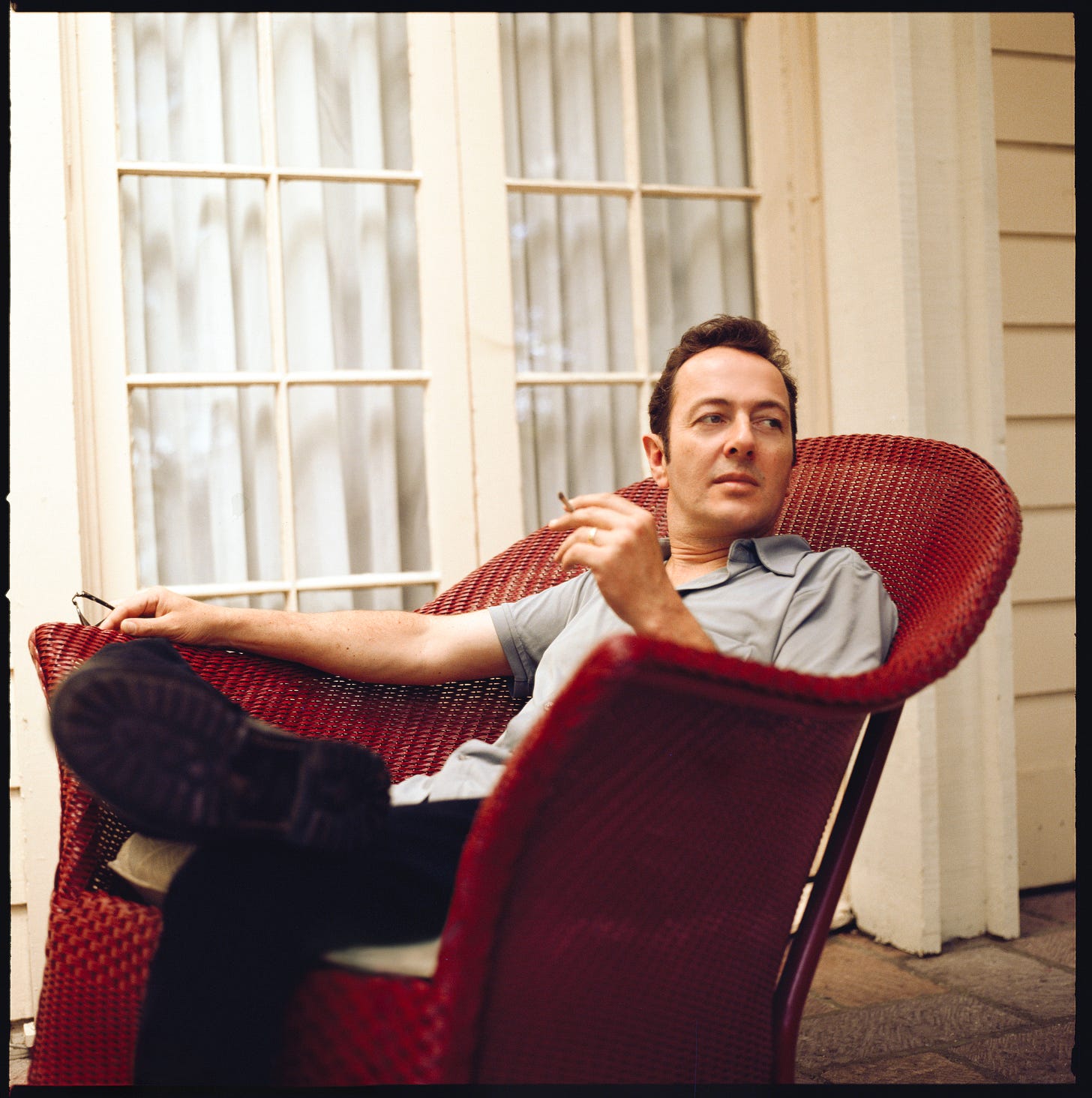

Such a fun read. As someone who shoots a lot of shows, I loved hearing her insights. The Strummer anecdote is priceless.
This was a fantastic interview. I was not familiar with Piper's work, but looking at these excerpts, I see that her photos vibrantly capture the feeling of the the late 90s/early aughts indie scene. I like the combo of images captured in the moment mixed with creatively staged pics.